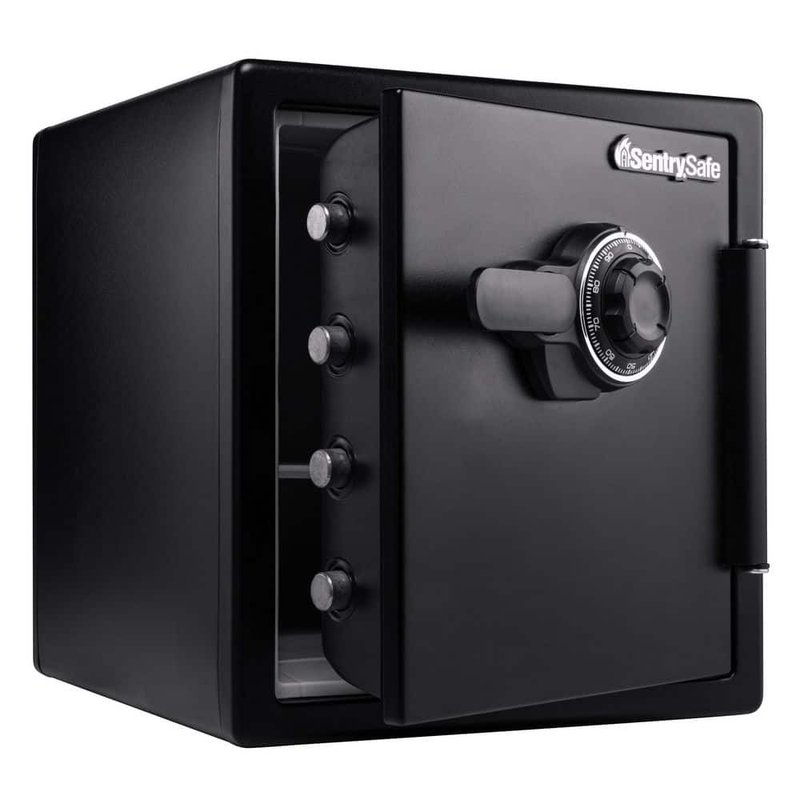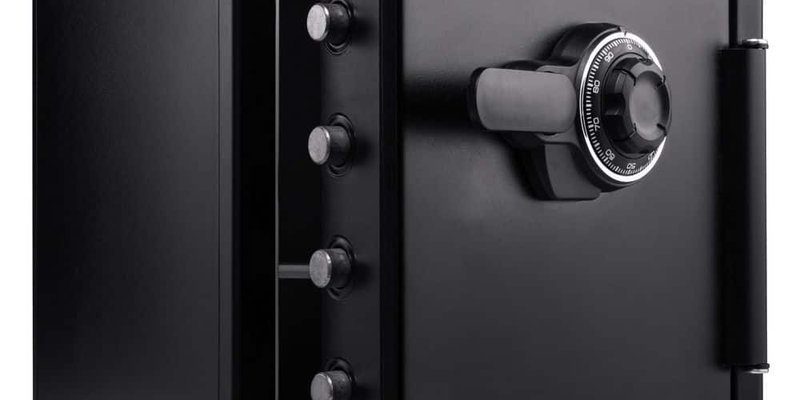
You might be wondering what this cryptic code even means. Well, in the world of GE microwaves, the “E3” error code usually indicates a problem with the microwave’s temperature sensor. Think of this sensor as the thermostat would be in your home – it’s responsible for ensuring the appliance operates at the correct temperature. When this sensor malfunctions, it could mean that your microwave isn’t heating correctly, or worse, overheating, which poses safety risks. This is why interpreting and addressing the error code is crucial for maintaining both your microwave’s performance and your safety.
Understanding the E3 Error Code
So, let’s dive a bit deeper. The E3 error code in GE microwaves indicates an issue related to the temperature sensor, often called a thermistor. Imagine trying to cook using a stove with a broken knob – you’d have no control over how much heat is being applied. Similarly, when the microwave’s thermistor is faulty, it can’t gauge the internal temperature accurately, leading to potential miscommunication with the unit’s operating system.
This lack of accurate temperature reading can cause the microwave to run hotter or cooler than intended. If it runs too hot, there’s a risk of overheating. It’s like having an oven set too high; things could burn or cause potential damage to the components. On the other hand, if it’s too cool, food might not heat properly, leading to inconsistent results and potential food safety concerns.
Here’s the deal: while your food might still heat up (or perhaps not at all), continuing to use the microwave this way isn’t advisable. Ignoring this warning could further damage the appliance or potentially void warranties. It’s like driving a car with a warning light on; it’s best to address it sooner rather than later.
Steps to Handle the E3 Error Code
If your microwave displays this pesky error, don’t panic. Think of it as your appliance’s way of telling you something needs attention. First, try resetting the microwave. Unplug it for a couple of minutes and then plug it back in. This soft reset might clear minor electronic glitches, much like restarting your computer resolves software hiccups.
However, if the error persists, it’s likely time to consider more in-depth troubleshooting. Here, a professional technician can be your best bet. They have the experience needed to assess whether the thermistor needs replacing or if there’s a broader electrical issue at play. Attempting to dismantle or repair it on your own, without experience, could exacerbate the problem and compromise safety.
While you wait for a professional assessment, sticking to safer cooking alternatives like stovetop or oven might be wise. This is especially true if you notice unusual sounds or smells emanating from the microwave – clear signs that it’s not functioning optimally.
Preventative Measures and Safety Tips
Once you’ve tackled the E3 error, or even if you haven’t encountered it yet, it’s good to adopt preventive habits. Just as regular oil changes keep a car running smoothly, simple maintenance can prolong your microwave’s life. Regularly clean the interior, ensuring food spills don’t accumulate and interfere with sensors. Pay attention to the microwave’s performance and listen for unusual noises, which can be early indicators of an issue.
Reading the user manual might not be the most exciting task, but it can be invaluable. Familiarizing yourself with your microwave’s specific codes and maintenance recommendations can save you headaches down the line. If the manual’s long gone, many manufacturers, including GE, offer downloadable versions online.
Ultimately, the safety and efficiency of your microwave hinge on routine checks and timely responses to warning signs. Should the E3 or any other error codes arise, remember: it’s not just about getting your dinner ready; it’s about ensuring that you’re doing so safely and smartly.
